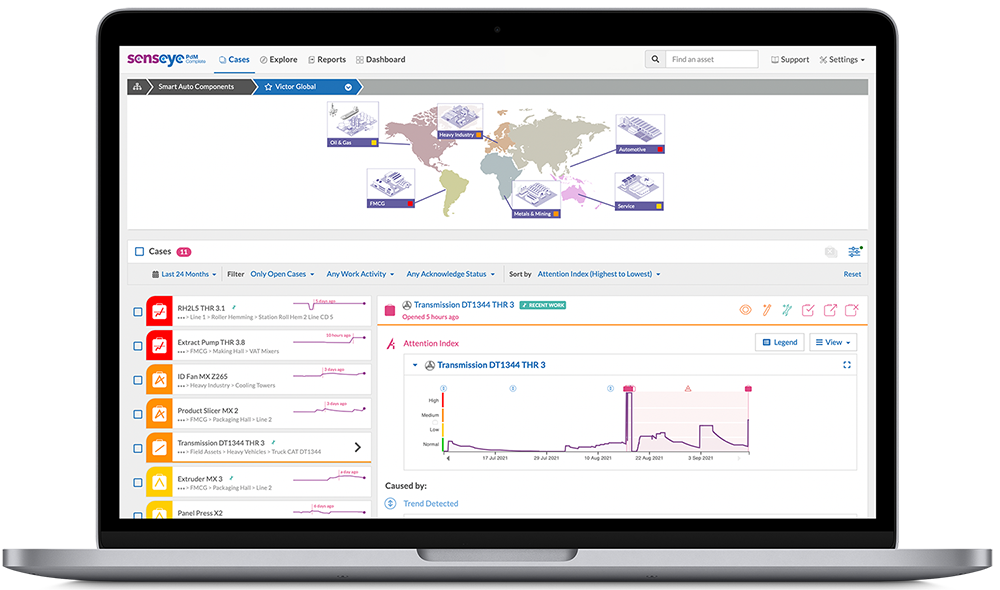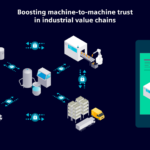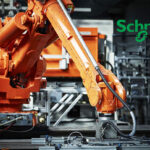ASIA ELECTRONICS INDUSTRYYOUR WINDOW TO SMART MANUFACTURING
Siemens Boosts Industrial Portfolio in New Acquisition
Siemens has acquired industrial analytics software company Senseye Ltd, whose headquarters is in Southampton in Britain. Consequently, the acquisition will further expand Siemens’ portfolio in innovative predictive maintenance and asset intelligence.
Senseye is a leading provider of outcome-oriented predictive maintenance solutions for manufacturing and industrial companies. Moreover, its predictive maintenance solution enables a reduction in unplanned machine downtimes by up to 50. Thus, increasing maintenance staff productivity by up to 30 percent.

Furthermore, Senseye solutions support an improvement in corporate sustainability through increased asset lifetime and waste reduction. Since early June, Senseye is already a 100 percent subsidiary of Siemens holdings plc in Britain. Particularly, Senseye belongs to Siemens Digital Industries and part of the Customer Services Business Unit.
Efficient, Scalable Predictive Maintenance
Margherita Adragna, CEO of Customer Services for Digital Industries, Siemens AG said the acquisition will complement the German conglomerate’s digital services portfolio. Most importantly, it will drive efficient and scalable predictive maintenance.
“This will allow us to offer highly flexible solutions to help our customers across many industries to determine the future condition of their machinery and hence, increase their overall equipment effectiveness,” said Adragna.
Simon Kampa, CEO of Senseye, added, “Together we can multiply the full potential of Senseye’s innovative predictive technology and deep expertise. Siemens’ global presence and extensive industrial knowledge will ensure that our current. Furthermore, future customers benefit from innovative, seamlessly integrated Industry 4.0 solutions to drive measurable business outcomes.”
Since its inception in 2014, Senseye has focused on scalable and sustainable asset intelligence software-as-a-service (“SaaS”) solutions. Senseye uses state-of-the-art, purpose-built machine learning and artificial intelligence to provide a globally-scalable solution. Especially, it enables predictive maintenance, helping to reduce unplanned downtime and improve sustainability.
In addition, it integrates seamlessly with existing and new infrastructure investments, using machine, maintenance, and maintenance operator behavior data to understand the future health of machinery and what requires human attention. Hence, the solution requires no previous background in data science or traditional condition monitoring.




